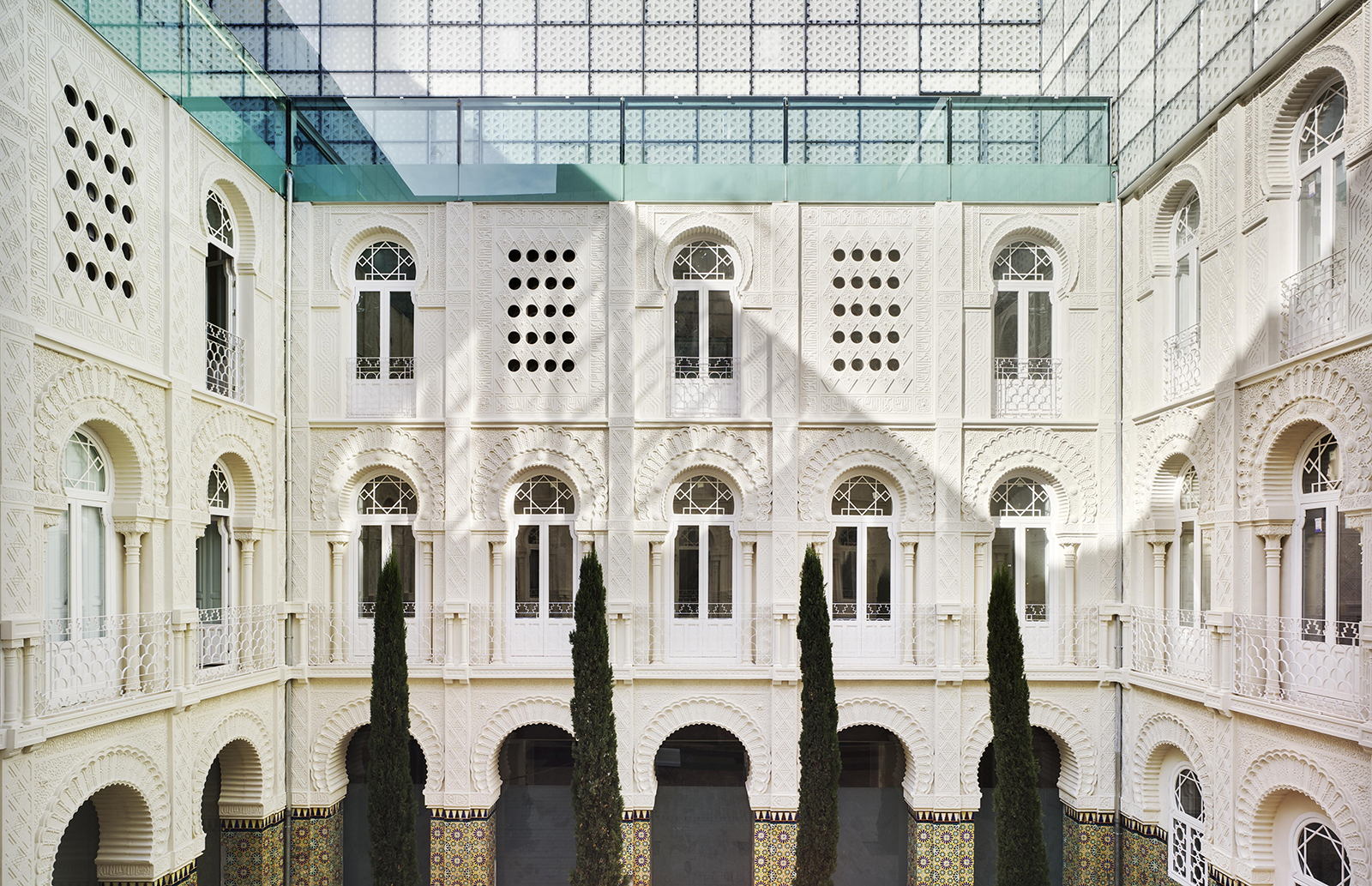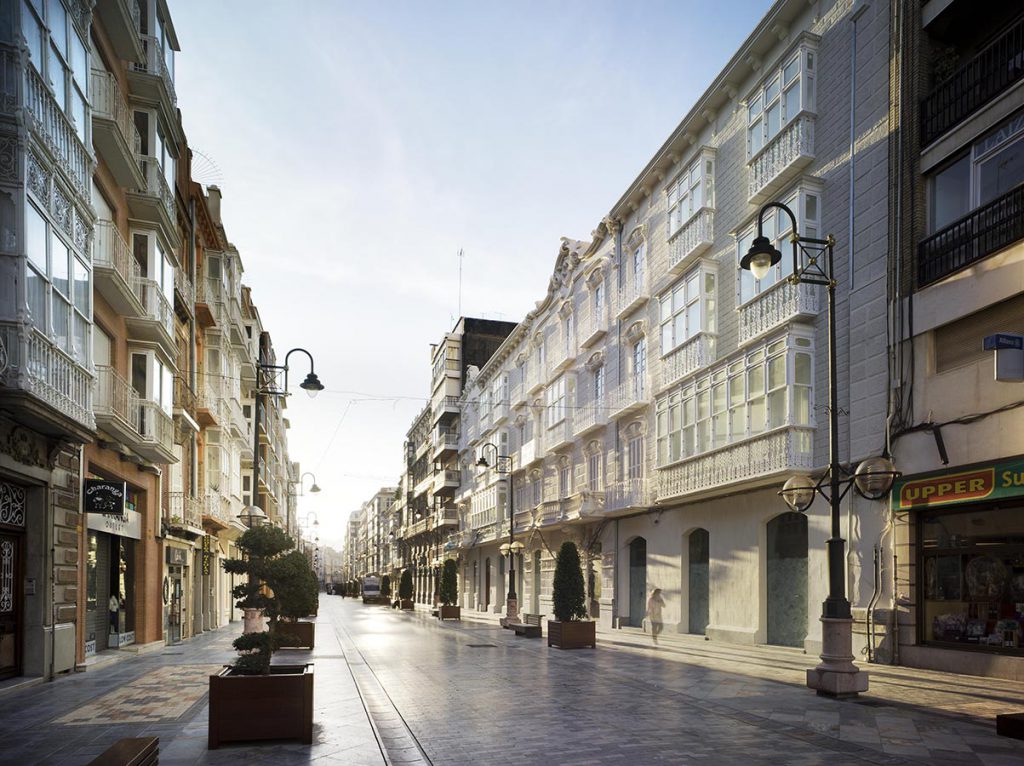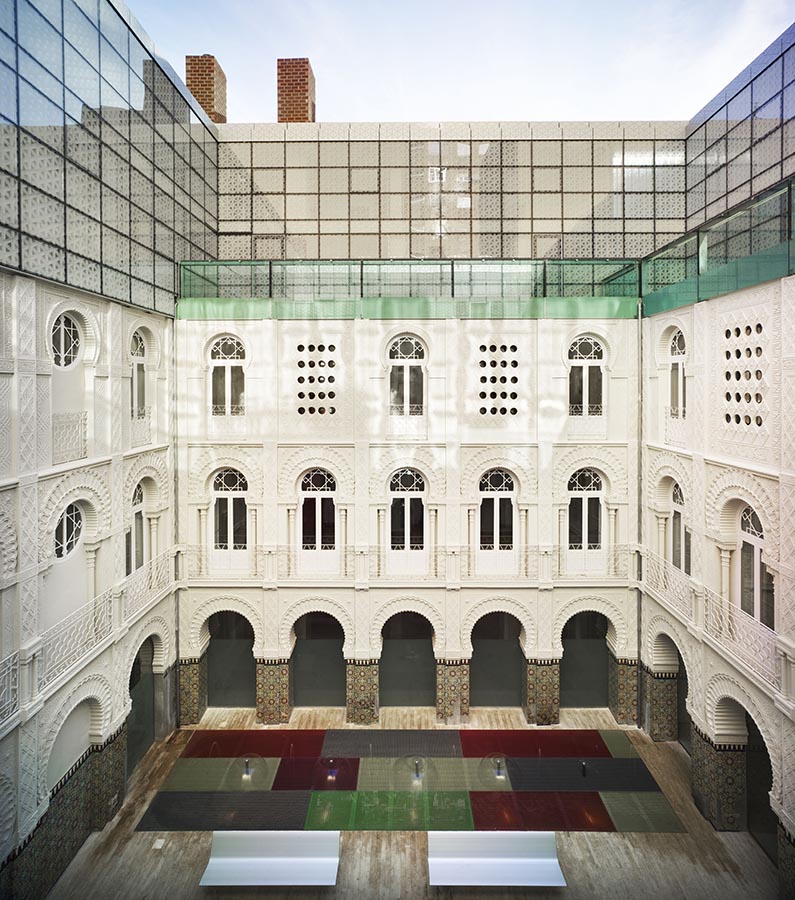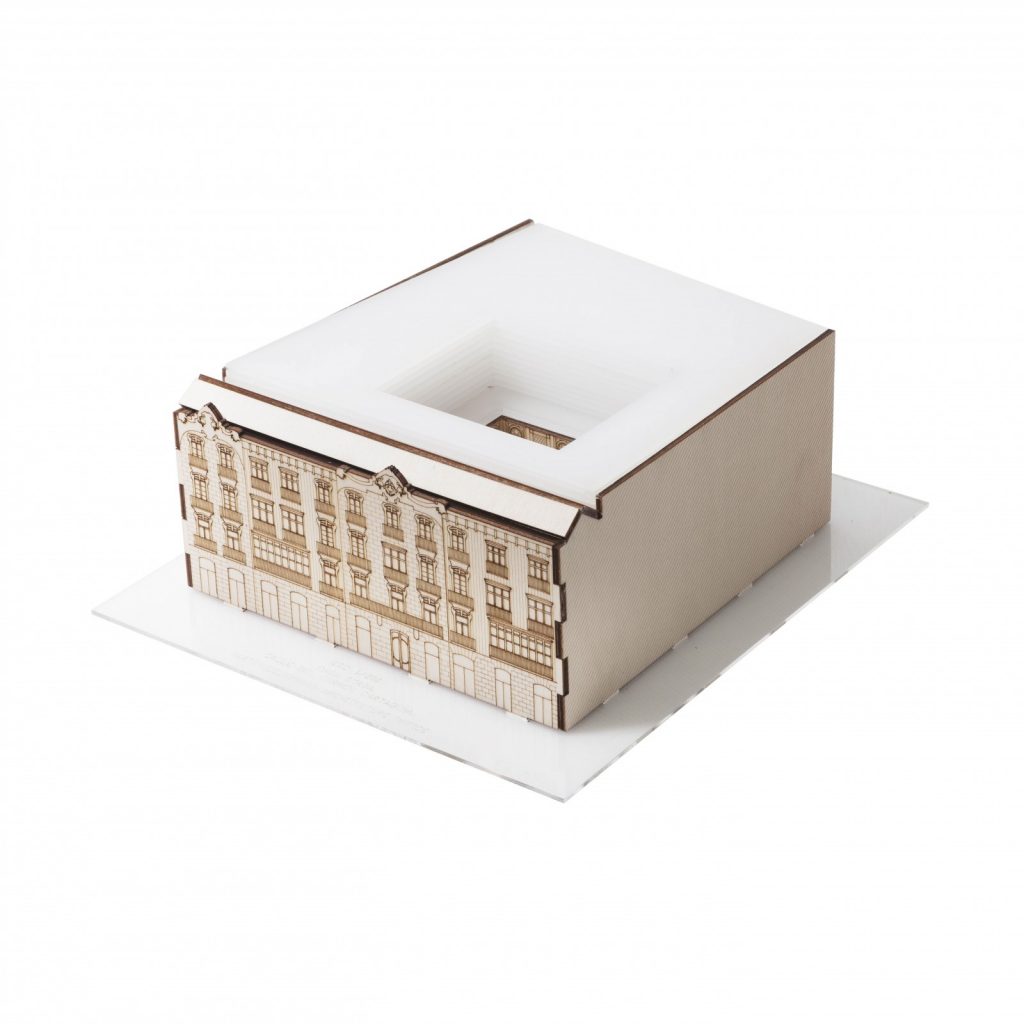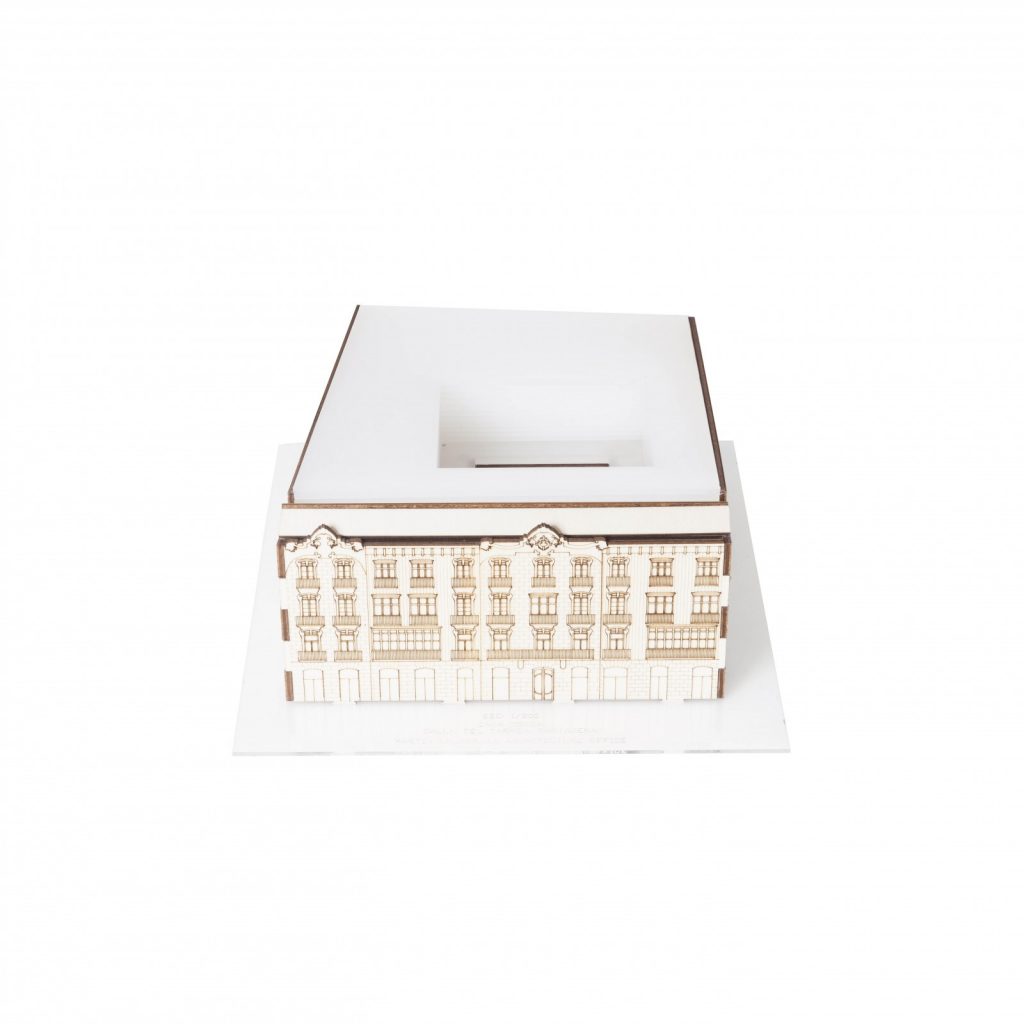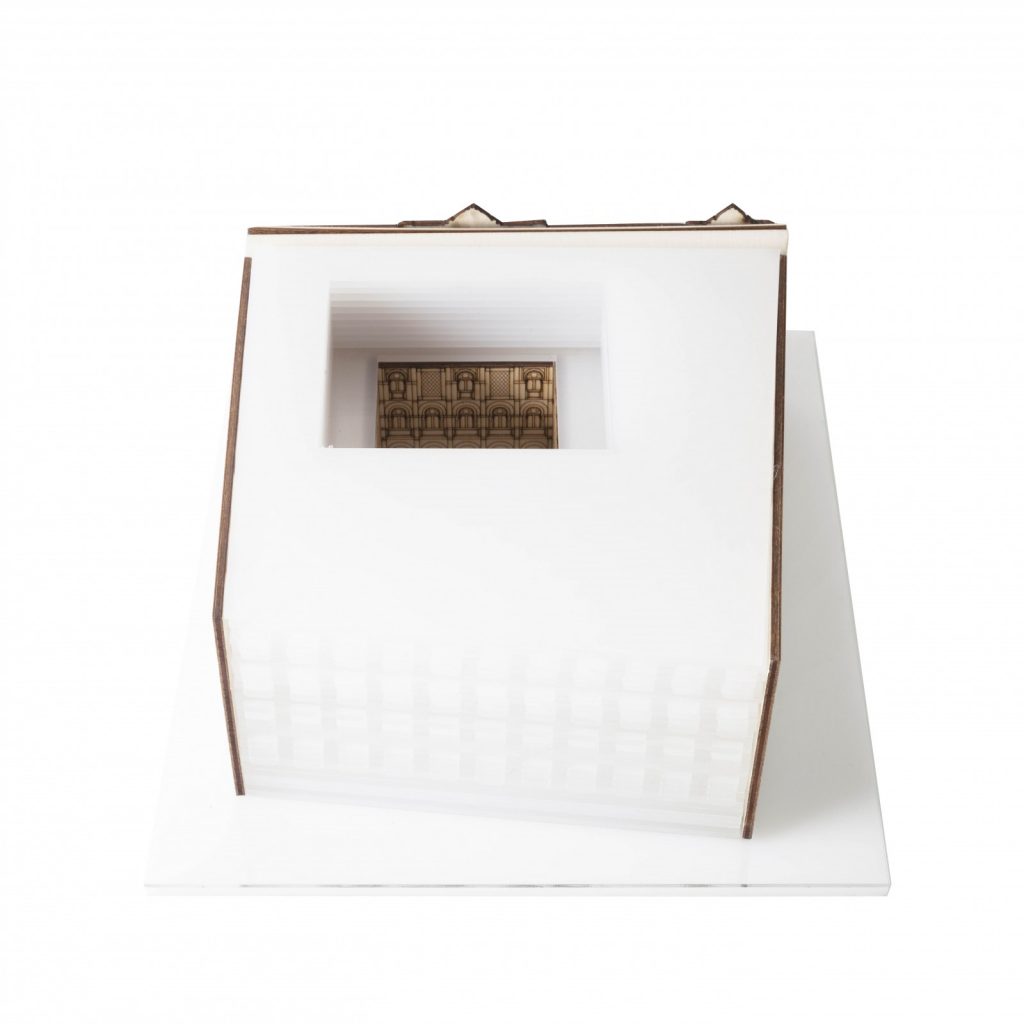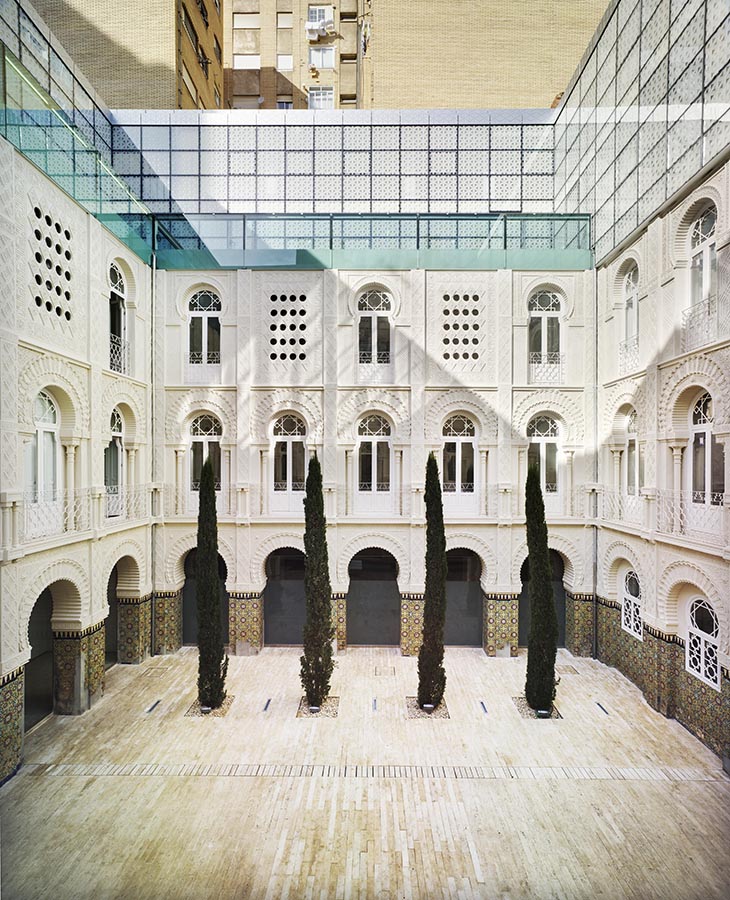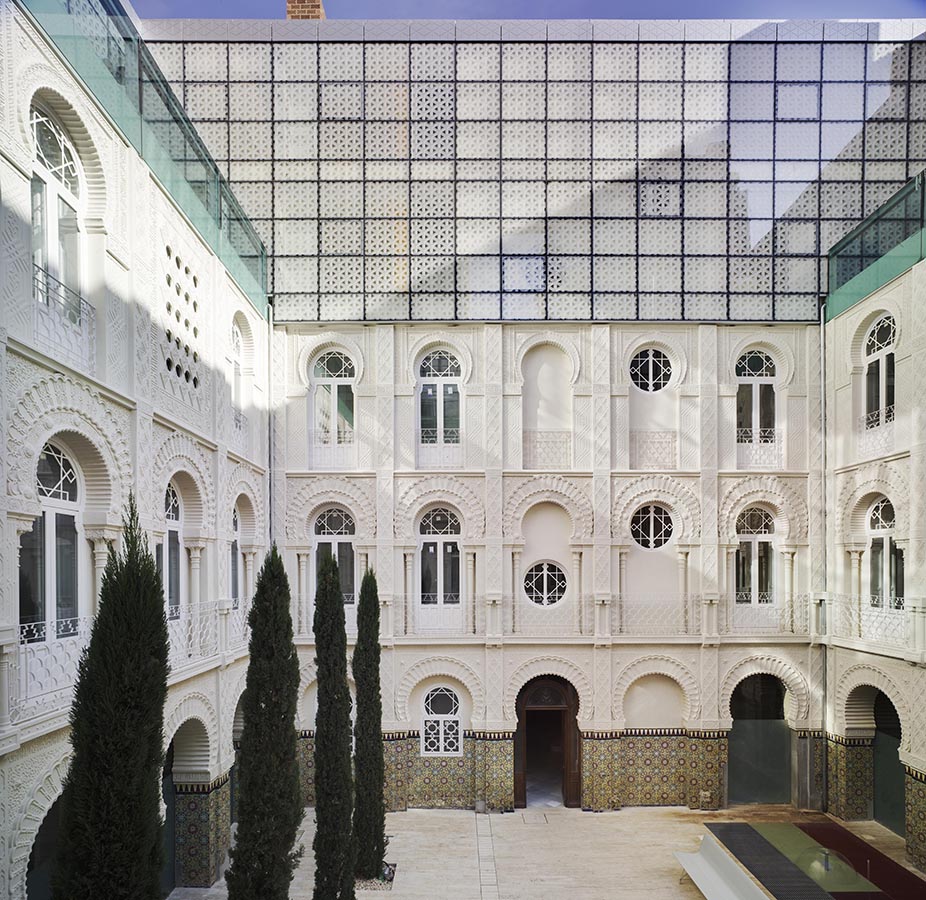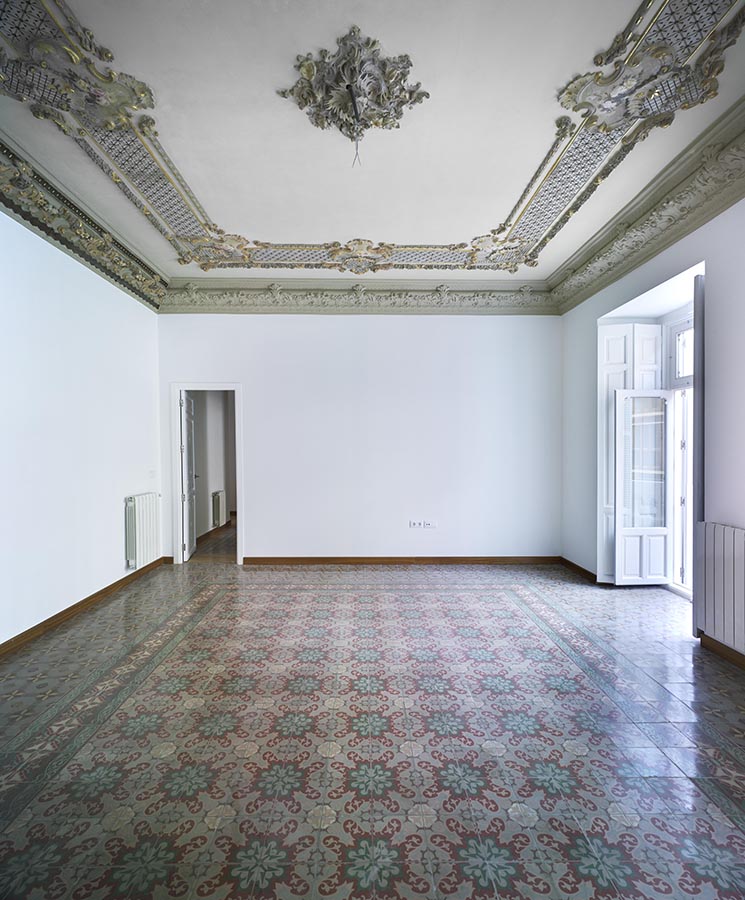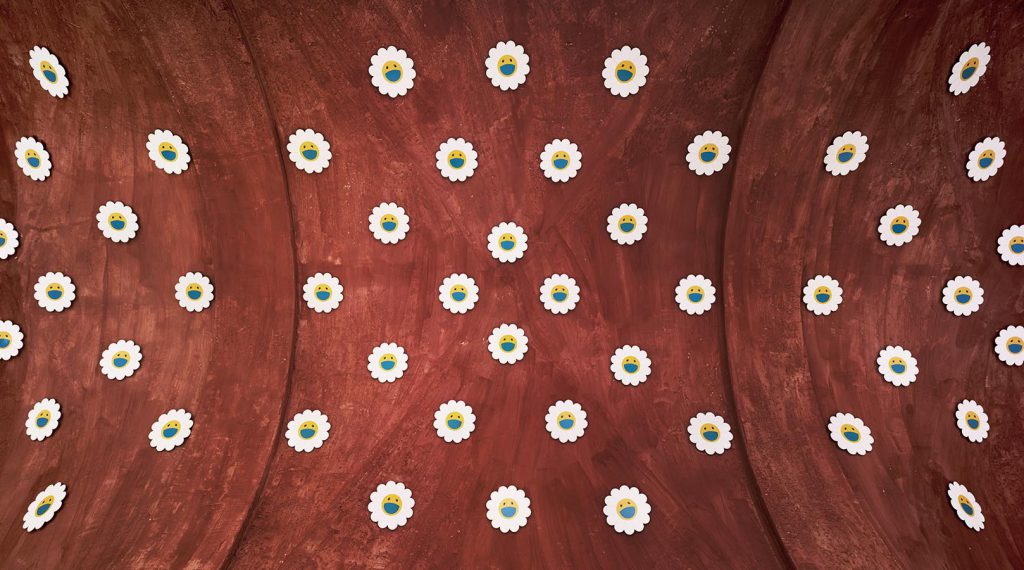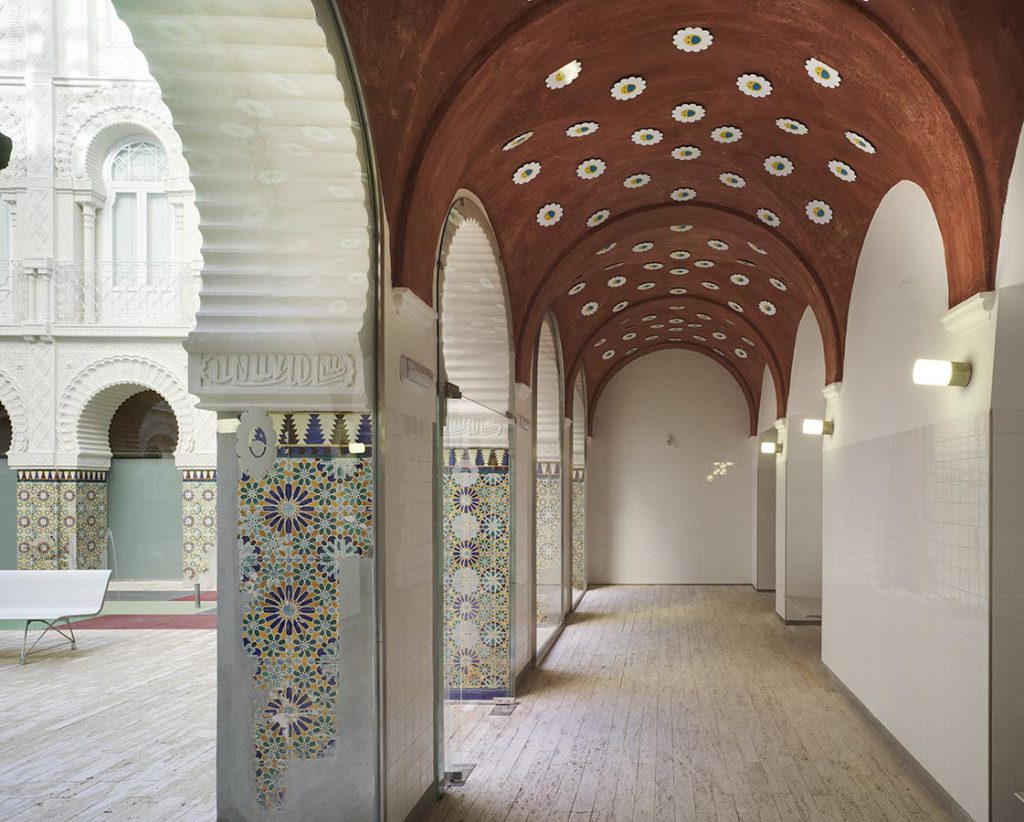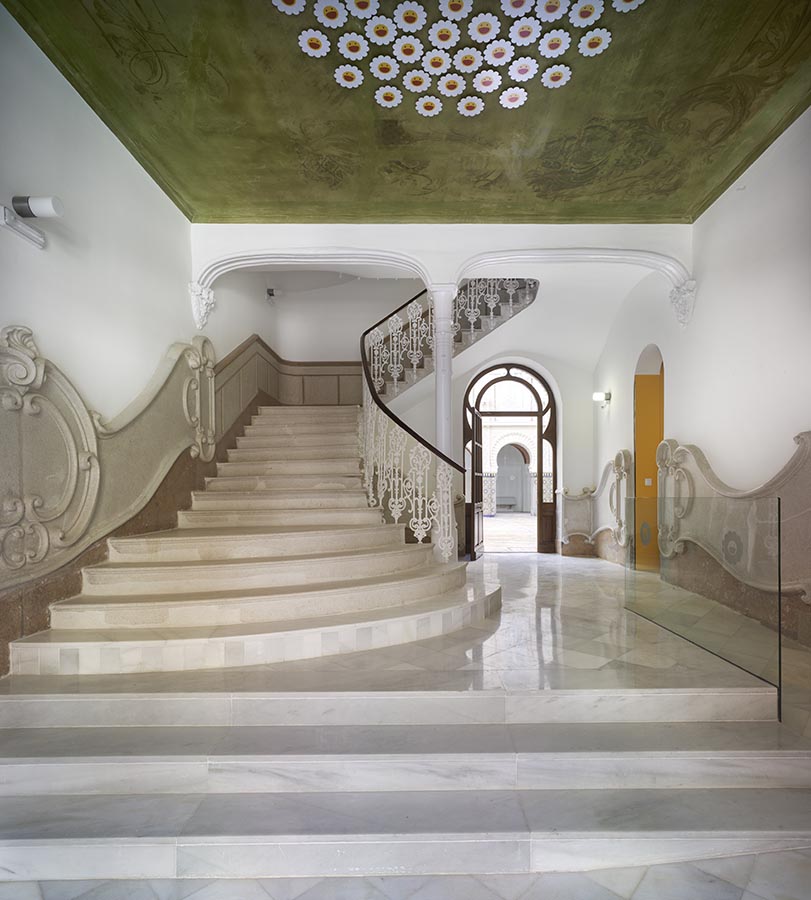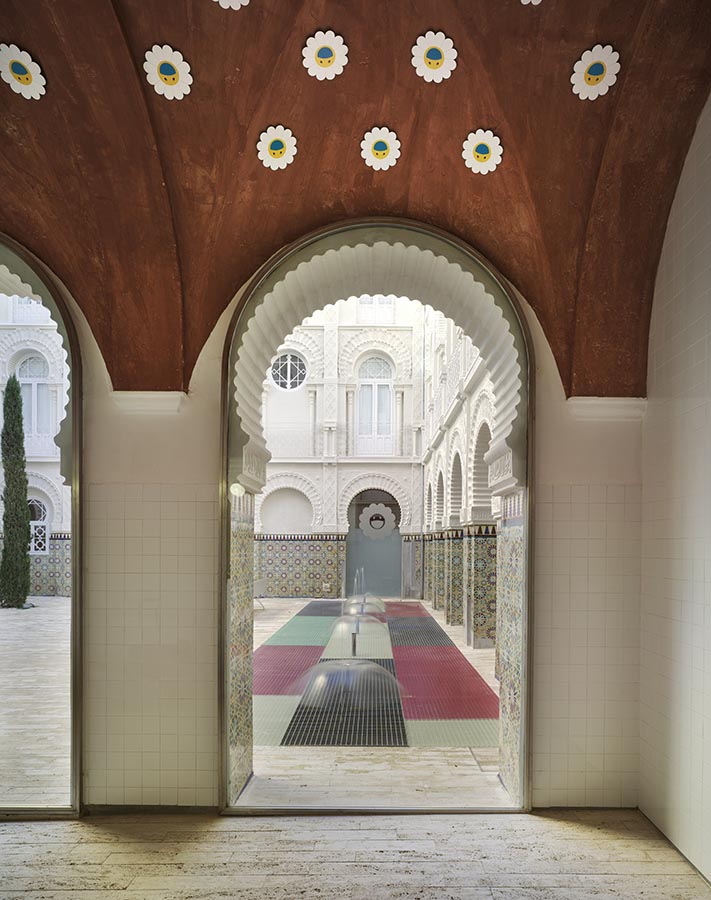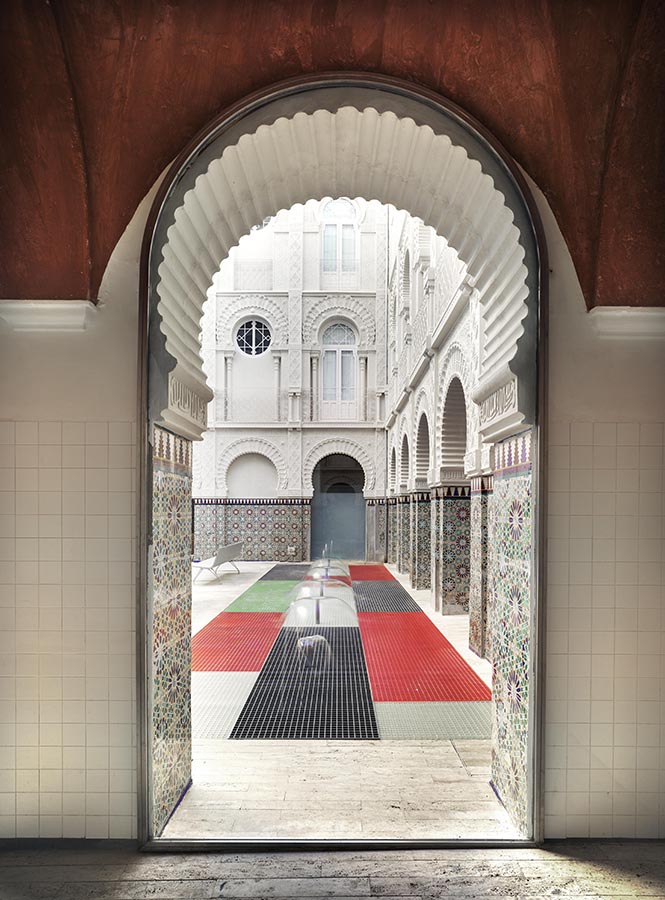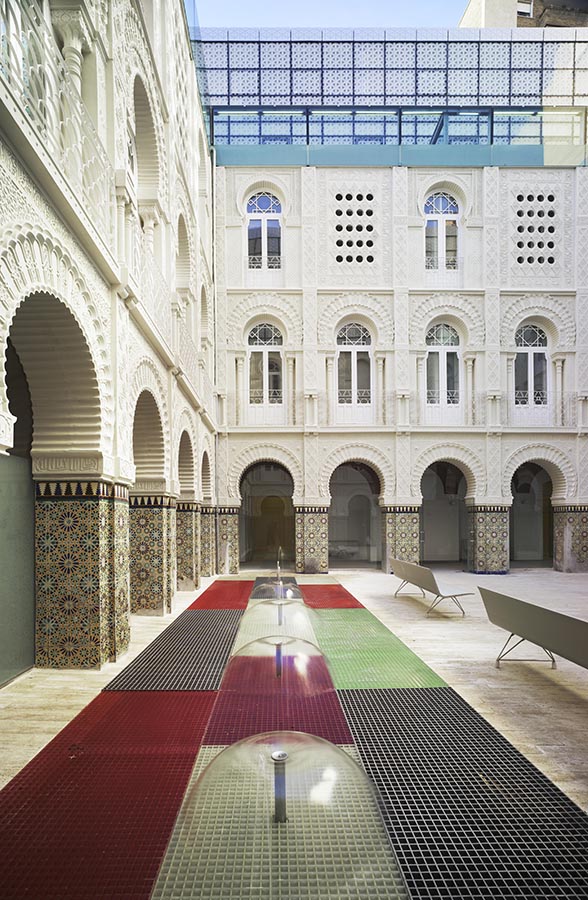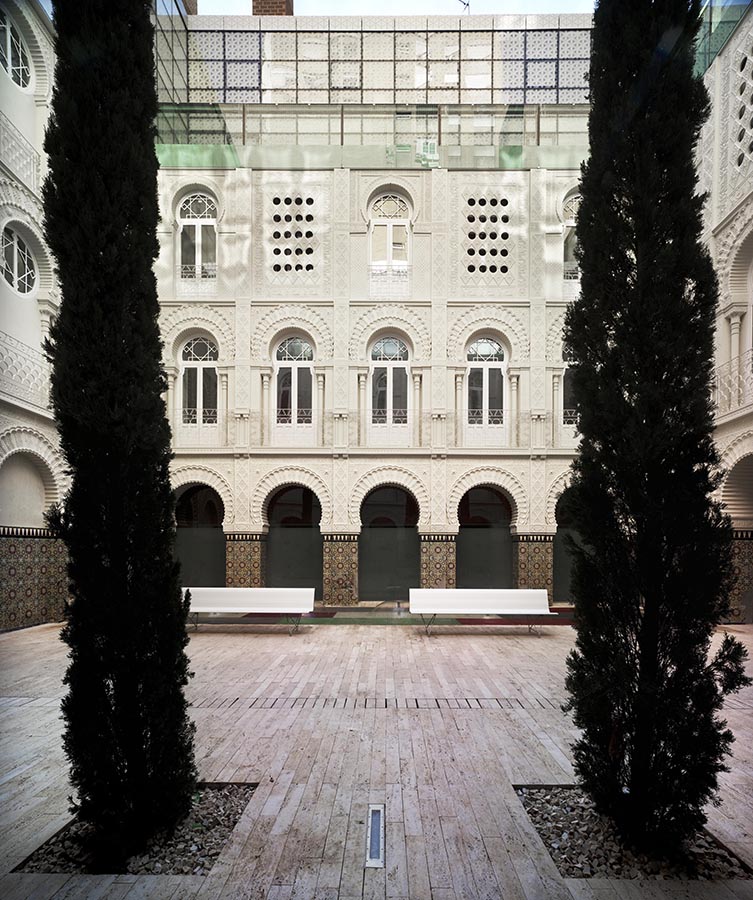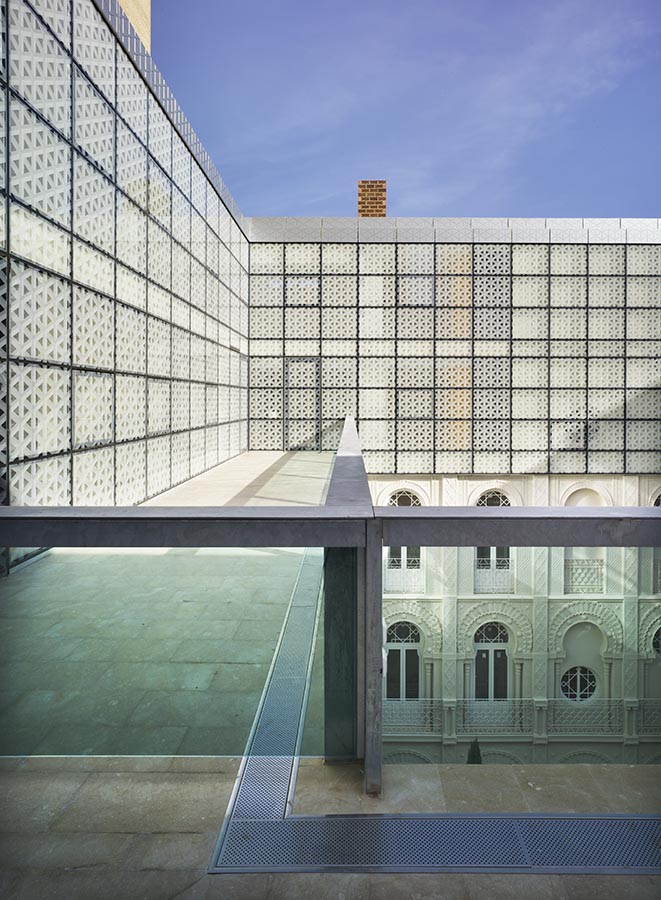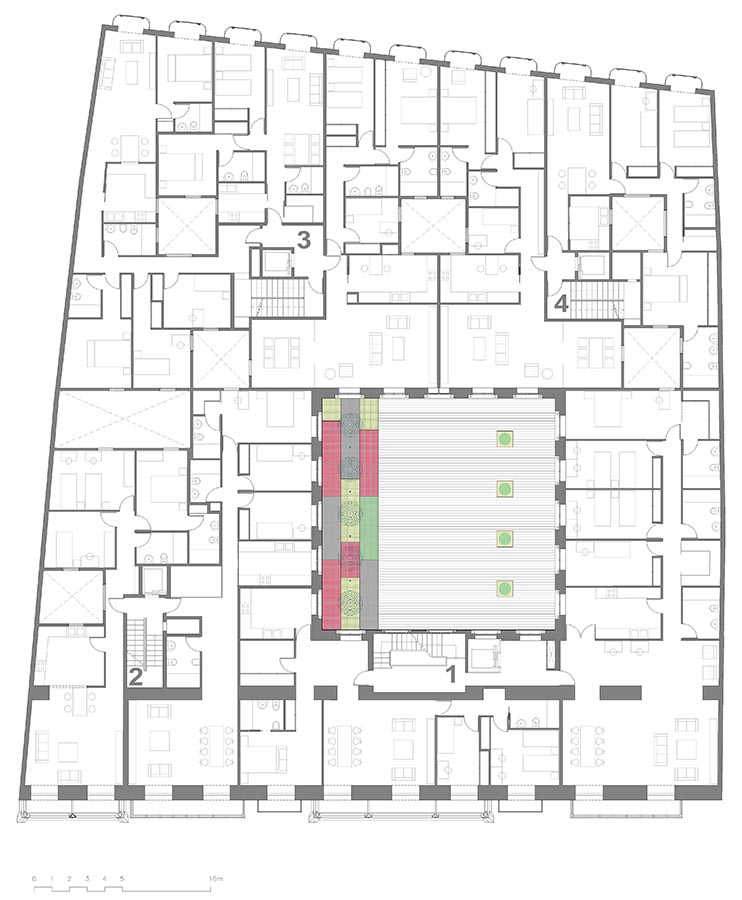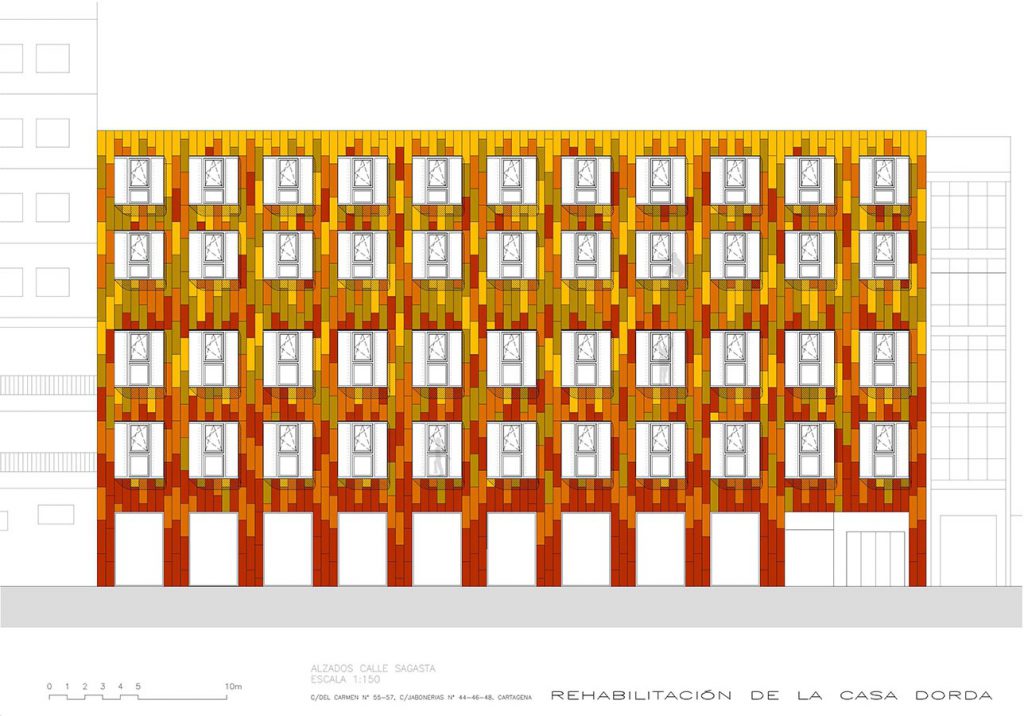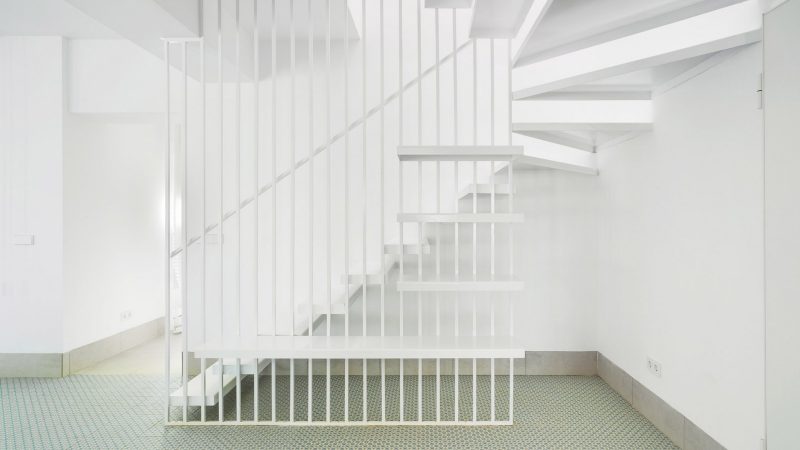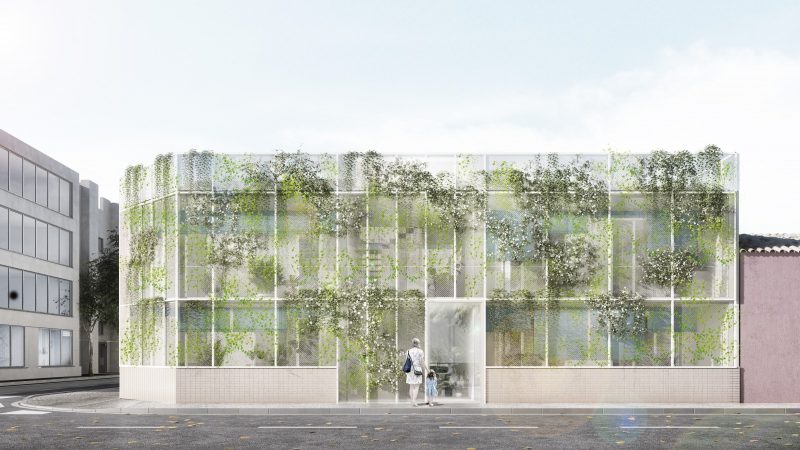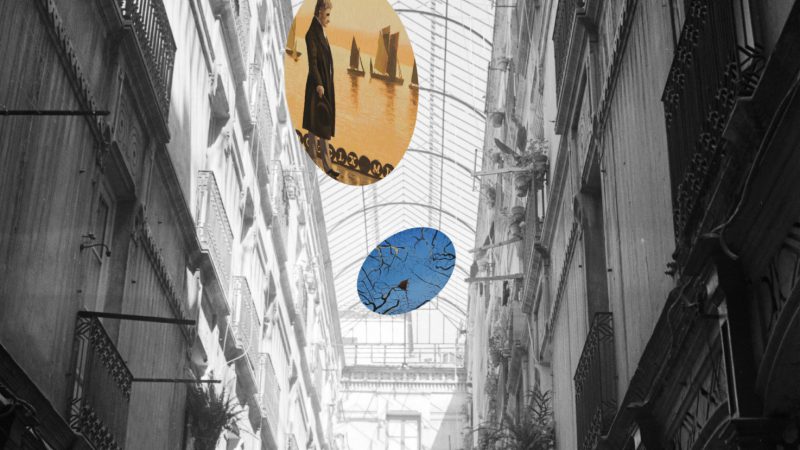‘Casa Dorda’: Cartagena and its inhabitants.
The city of Cartagena is full of scars that have marked its layers at varying depths (“the puff pastry city”, Carlos García Vázquez) throughout the city’s history. And it is among these layers and between party walls where one must attempt to preserve the life of the city, through interventions involving the renovation, revitalization and regeneration of the residential urban weave, of the dwelling, which, in sum, is the use that maintains and accelerates the pace of the city.
Casa Dorda has been and continues to be an emblematic building within the urban framework of Cartagena, located in calle del Carmen, which is the continuation of calle Mayor and the main axis of the Historical Quarter.
It is a unique, stately, beautiful building, linked to the work of an important architect for the history of the city, from the early 20th century, Víctor Beltrí.
Everyone remembers Casa Dorda from visiting the doctor who had his office on the first floor, and looking out onto the Arab, “Nasrid-style”, courtyard, with its fountain, trees and tiles… Everyone from Cartagena, somehow or another, has been there.
‘Casa Dorda’: Innovating the everyday.
To quote George Perec:
”What’s really going on, what we are experiencing, the rest, where is it? How should we take account of what happens every day and recurs every day: the banal, the quotidian, the obvious, the common, the ordinary, the infra-ordinary, the background noise, the habitual?”
(PEREC, GEORGES; L’Infra-ordinaire; Ed. Impedimenta; Madrid 2008; 128 pp.)
The approach to the intervention/innovation here is not the result of the use of the latest technology or experimental materials, but rather arises from the concept of recovery of everyday features, “Costumbrismo” (in the strictest sense, referring to literary or visual arts in which “attention is paid to portraying the typical customs of a country or region”), as a tool in the creative process in both the conceptual phase and the construction phase.
“The everyday” does not involve renovating/refurbishing yet another building so much as it means recovering the identity of a city, based on small actions taken within its urban weave, leading the past to intermingle with the present.
‘Casa Dorda’ cannot, and must not be a museum artifact.
Casa Dorda must constantly have life running through it, in order to become implanted in the collective imagination of those just arriving in the city and thus last throughout time. This is the task of architects, the job of creating an inventory of everyday features, beyond the catalogs of Cultural Heritage Sites in General Urban Zoning Plans.
Casa Dorda is from the beginning of the last century, fruit and reflection of a period of abundance: the ornate façade, lavishly-decorated ceilings, decorated flooring and oriental courtyard.
As if it were an old, broken toy that is still full of charm, each piece must be taken and cleaned, polished and repaired to decide how and where to put it back, because now each piece of the puzzle can fit in more than one position. By modifying its place, we can recreate the original and bring the building into the 21st century.

